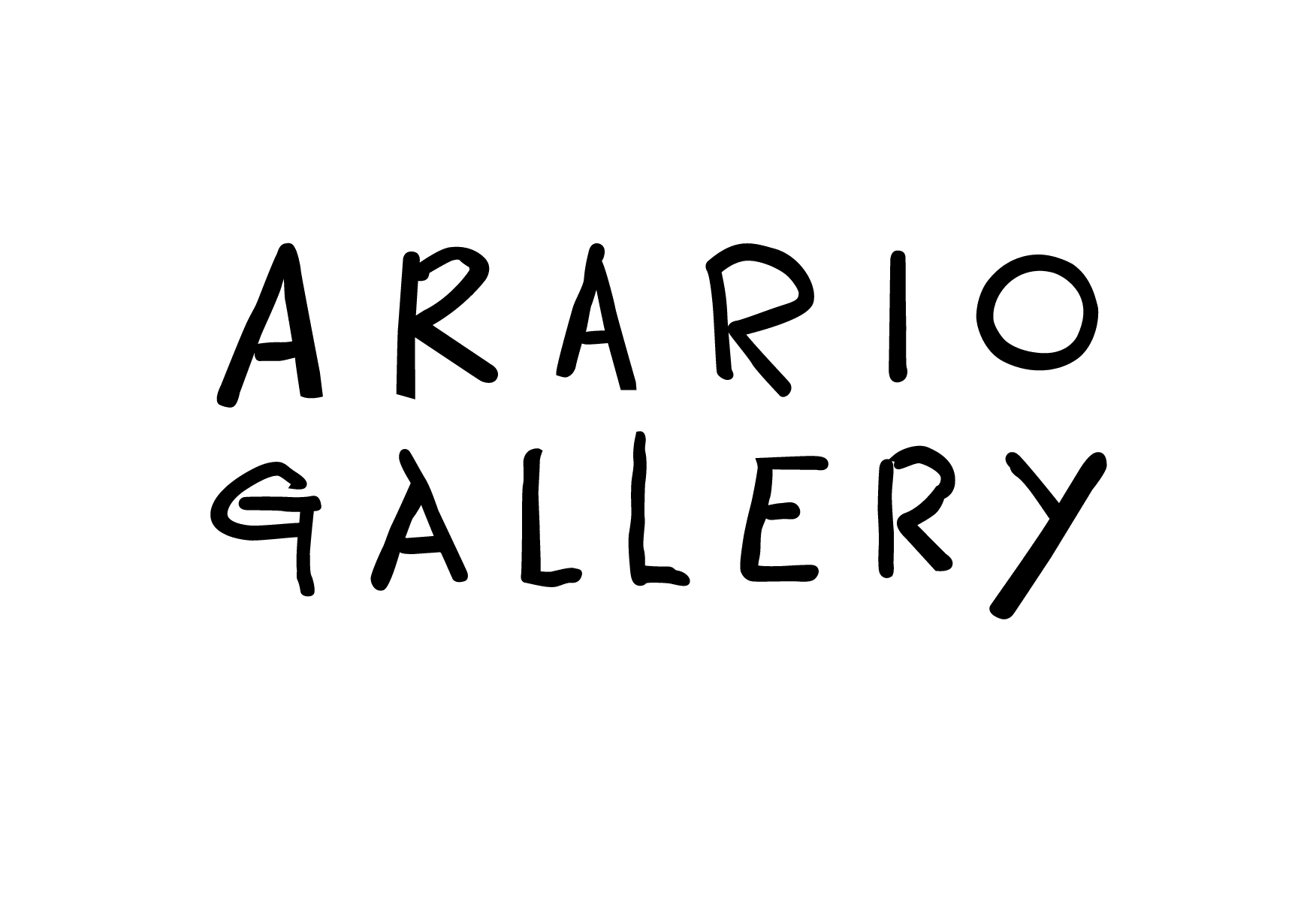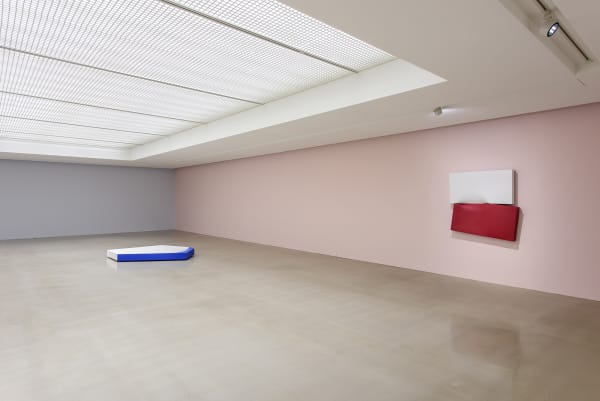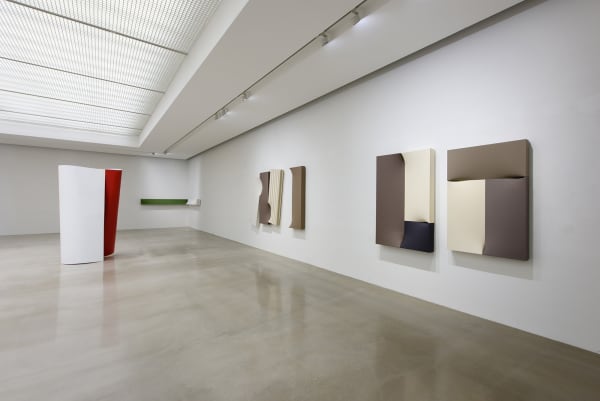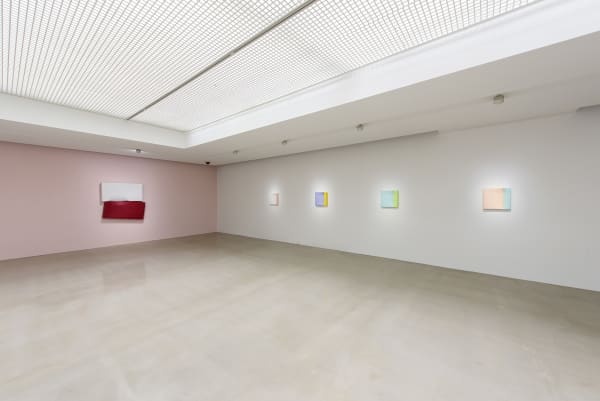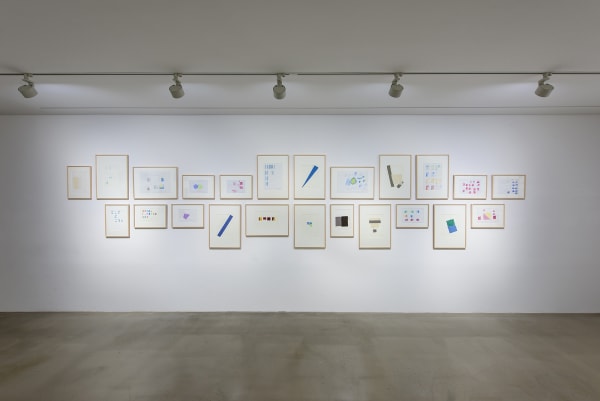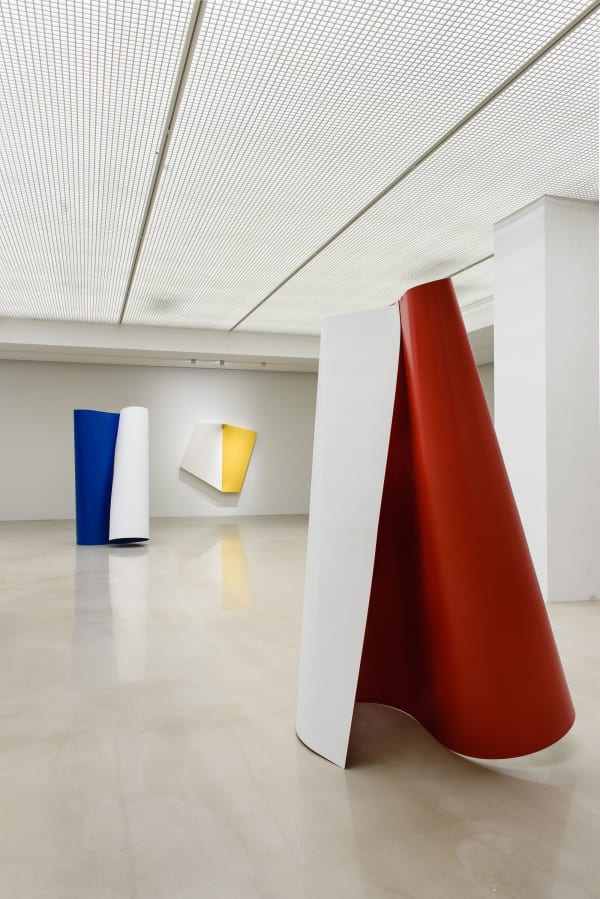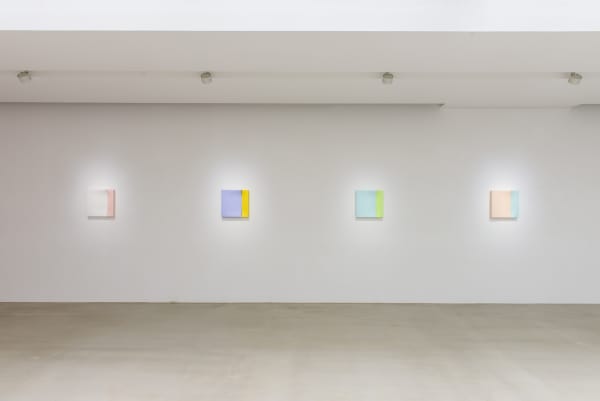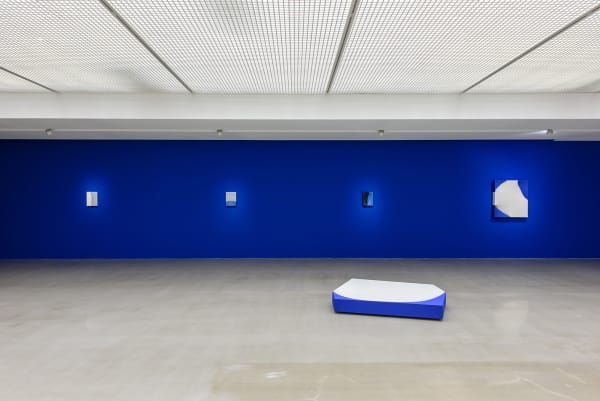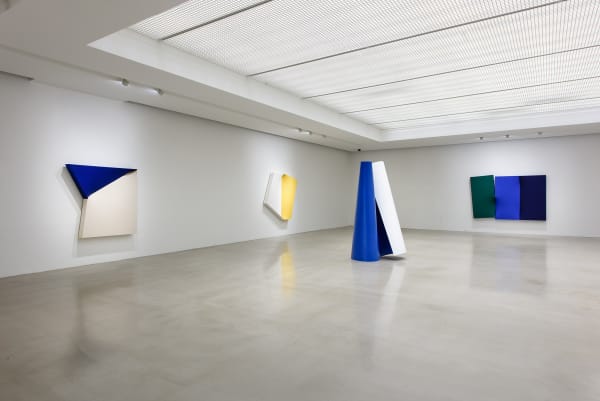Nobuko WATANABE: Beyond “Beyond Color and Space”
Nobuko Watanabe (born in 1948, Tokyo) is the crossing artist between art and music after finishing her studies in Piano at the Soai Women’s University. She has developed her ideas about relationship between two contrasting subjects such as humans and materials, the past and the present, time and space, color and shape and sound and space. A style of her works that she has developed for the past 40 years is somewhat unique. We can see tension when colorful fabrics are pulled and mounted on a wooden frame; such tension creates natural curves, which can be seen as sophisticated relief sculptures per se. Sculptures and installation artworks displayed at this exhibition were created from the late 1990s to the present; they incorporate a wide range of art, which is based upon colors. Nobuko met the Gutai group artists at her early stage, which has been at the forefront of Japanese avant-garde art. Also, new pieces which have broadened its shapes to stainless objects will be introduced at this exhibition.
The avant-garde art has taken roots in Japan for the past century. It has developed to encompass various areas of art by forming diverse relationships with many genres. The Japanese avant-garde movement is represented by three major groups of Tokyo’s Experimental Workshop (which has been active from the mid 1950s), Gutai Art Association of the Kansai region and Kyushu Group of the Kitakyushu region. Avant-garde expressions of Japan in this time period utilized materials and methods that were unprecedented in the scene, sharing progressive characteristics with European art movements that are later deemed as media art, happening and performance art. Such unconventional nature can be attributable to economic boom and the fast growth of industries in Japan at that time; it is considered to be an unprecedented value destruction of art which cannot find its parallel in the world. However, this movement gradually lost its momentum and Japanese avant-garde artists in the 1970s started to develop their individual styles without relying on colleagues or groups.
This is the point where a career of Nobuko Watanabe gets highlighted since she works Germany in 1997. Though their styles seem contrasting to each other, she and her husband, Keiji Uematsu, are travelling all around the world and exhibiting their works with their base in Düsseldorf, Germany. In this respect, this couple epitomizes unique characteristics of avant-garde expressions of the 1970s. Also Nobuko Watanabe is the recipient of the grand prize at the Yoshihara Jiro Art Competition (1999), while she developed her career in Europe and Japan. Later on, she hosted large-scale solo exhibitions at Aomori Contemporary Art Center (2002) and Otani Memorial Art Museum (2001). As of now, her exhibitions are going on in major cities of Germany and France and her works are included in the collections of Osaka Contemporary Art Center, Aomori Contemporary Art Center, Kitakyushu Municipal Museum of Art and Otani Memorial Art Museum.
